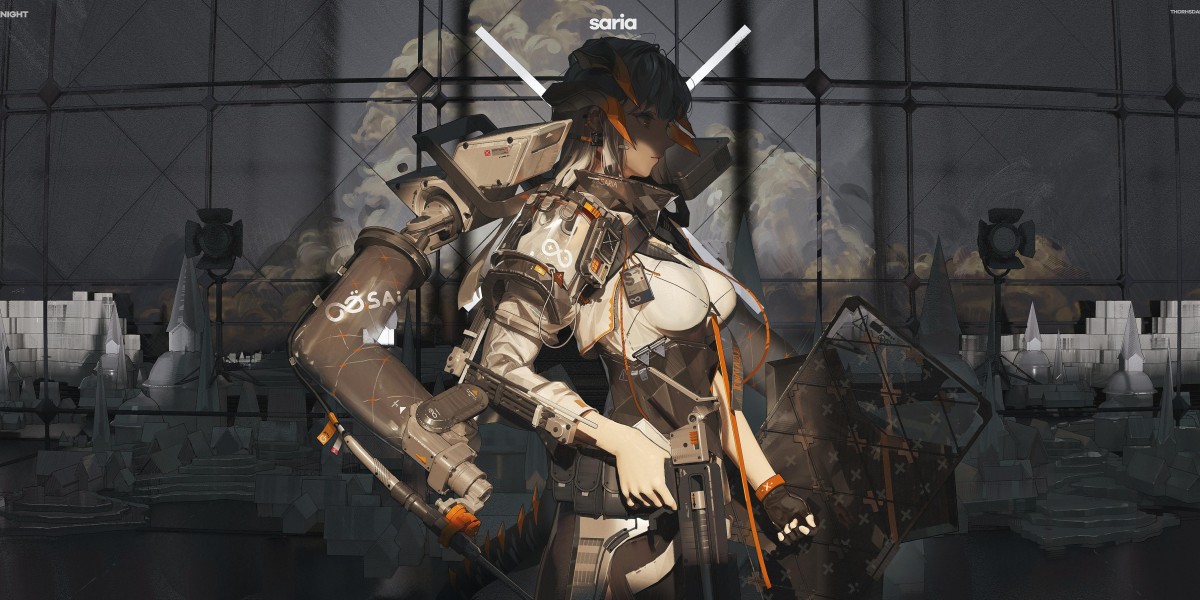Transform Your Shots: Unleash the Power of Studio Lighting!
In the world of photography and videography, lighting is often considered one of the most crucial elements that can make or break your shot. Whether you're capturing the subtle expressions of a model or the intricate details of a product, the right lighting can significantly elevate the quality of your images and videos. A studio lighting kit serves as a powerful tool that provides consistent and controllable light sources, allowing you to create stunning visuals that resonate with your audience. This article aims to guide you through the benefits of studio lighting kits, the essential features to consider when purchasing one, and practical tips for setting it up effectively.
Understanding Studio Lighting Kits
A studio lighting kit typically consists of multiple light sources, stands, softboxes, and other accessories designed to create a professional lighting environment. The two main types of lighting available are continuous lighting and strobe lighting. Continuous lighting provides a constant source of light, allowing you to see how the light interacts with your subject in real-time. This is particularly useful for beginners and videographers who want to adjust their settings on-the-fly. On the other hand, strobe lighting emits a burst of light, which can freeze motion and produce a high-quality image with crisp details. Depending on your specific needs—be it portrait photography, product shoots, or video production—understanding these differences will help you choose the right kit for your projects.
The Benefits of Using a Studio Lighting Kit
Investing in a studio lighting kit comes with numerous benefits for both photography and videography. First and foremost, a well-lit scene enhances image quality by reducing noise and improving color accuracy. The ability to control shadows and highlights means you can create dramatic effects or maintain a natural look, depending on your artistic vision. Additionally, studio lighting kits allow you to set the mood of your shoot with various color temperatures and modifiers. For instance, a warm light can evoke a sense of intimacy, while cooler tones can give a more modern feel. This level of control empowers you to express your creativity and produce work that stands out in a crowded marketplace.
Key Features to Look for When Purchasing a Studio Lighting Kit
When selecting a studio lighting kit, there are several key features to consider to ensure it meets your needs. First, evaluate the light intensity; too much light can wash out your subject, while too little can lead to grainy images. Look for kits that offer adjustable brightness settings. Next, consider the color temperature; a kit with adjustable color settings allows you to match the lighting to different environments and subjects. Portability is another important factor, especially if you plan to shoot on location. Lightweight kits with easy setup features save time and effort during shoots. Lastly, think about the specific applications of the kit—whether you’ll be focusing on portraits, product photography, or video production, the right features can make a significant difference in your results.
Tips for Setting Up Your Studio Lighting
Setting up your studio lighting effectively can drastically influence the outcome of your shoot. Begin by positioning your lights at different angles to create depth and dimension in your images. A common technique is the three-point lighting setup, which involves a key light, fill light, and backlight to create balanced illumination. Using modifiers such as softboxes can help diffuse harsh light and create a softer look, while reflectors can bounce light back onto your subject for more flattering results. Experimenting with distances and angles can also lead to unique effects; even a slight adjustment in positioning can change the mood entirely. Remember, the key is to experiment and find what works best for your creative vision.
Elevating Your Photography with Studio Lighting
In conclusion, investing in a quality studio lighting kit is essential for anyone serious about enhancing their photography and videography. The insights shared in this article highlight the importance of understanding the components of studio lighting kits, the benefits they provide, the critical features to look for, and practical tips for setting them up. By considering your specific needs and experimenting with different lighting setups, you can unleash your creativity and take your visual storytelling to new heights. Remember, great lighting is the backbone of compelling imagery, and with the right tools, the possibilities are endless.








